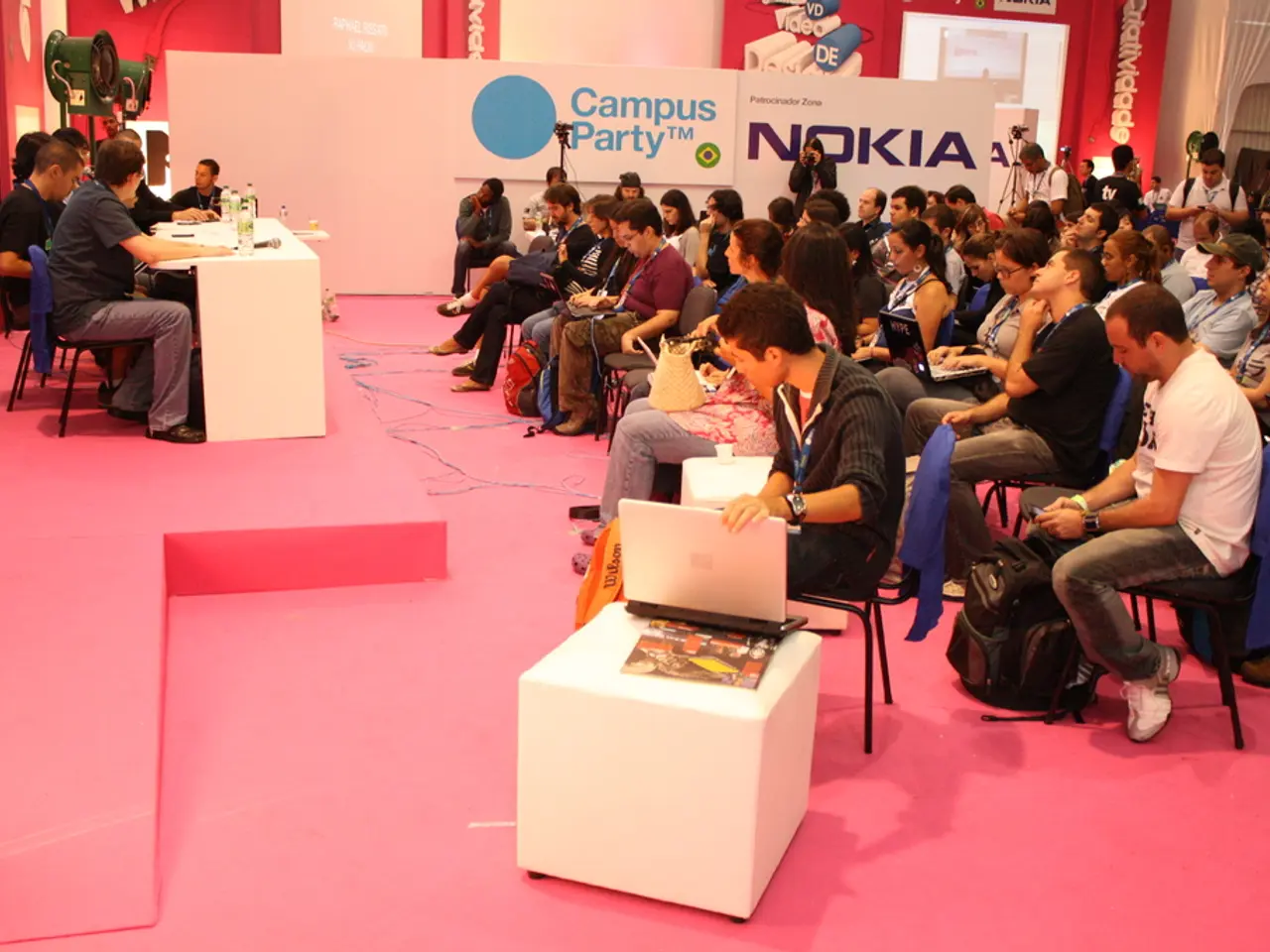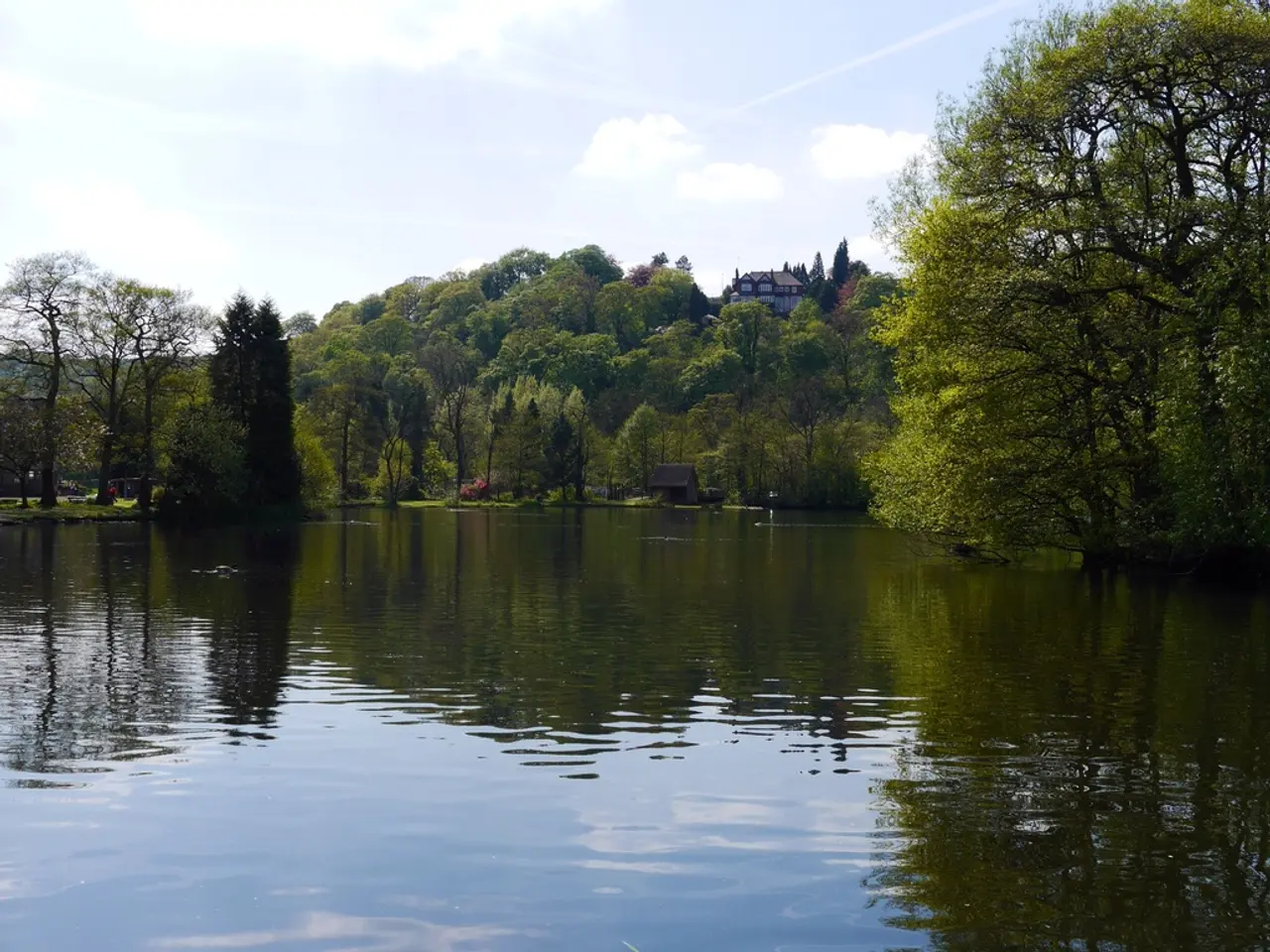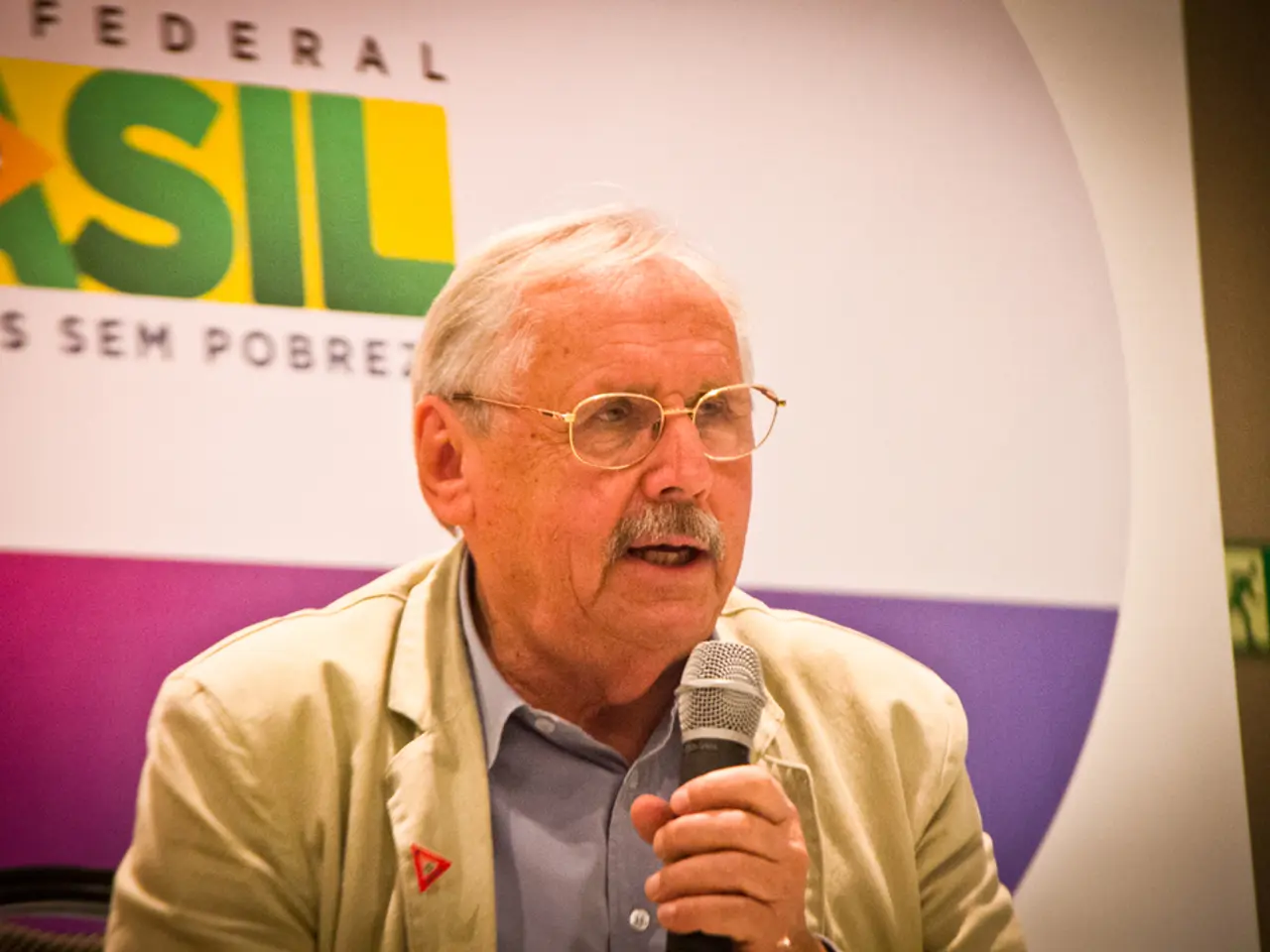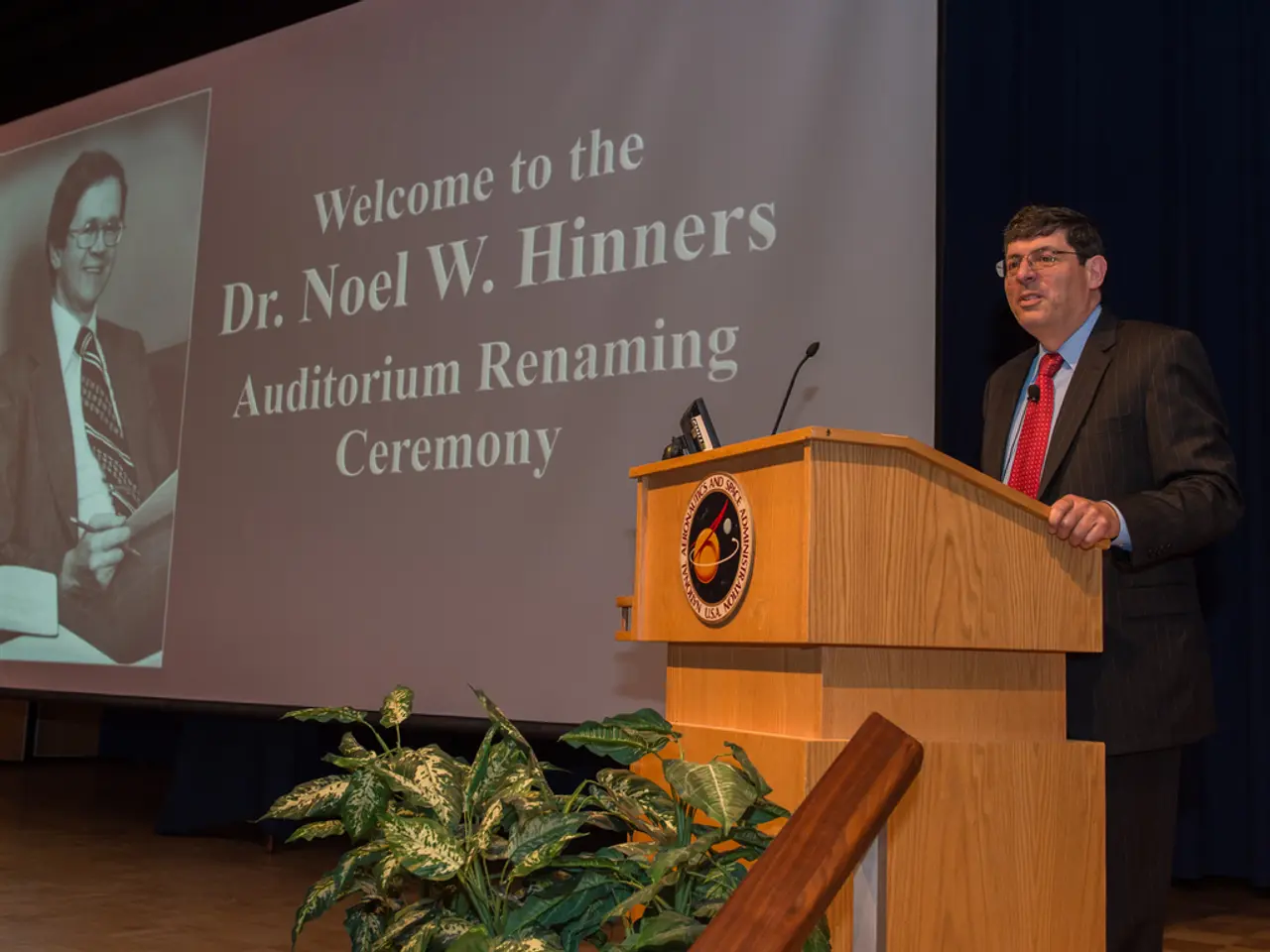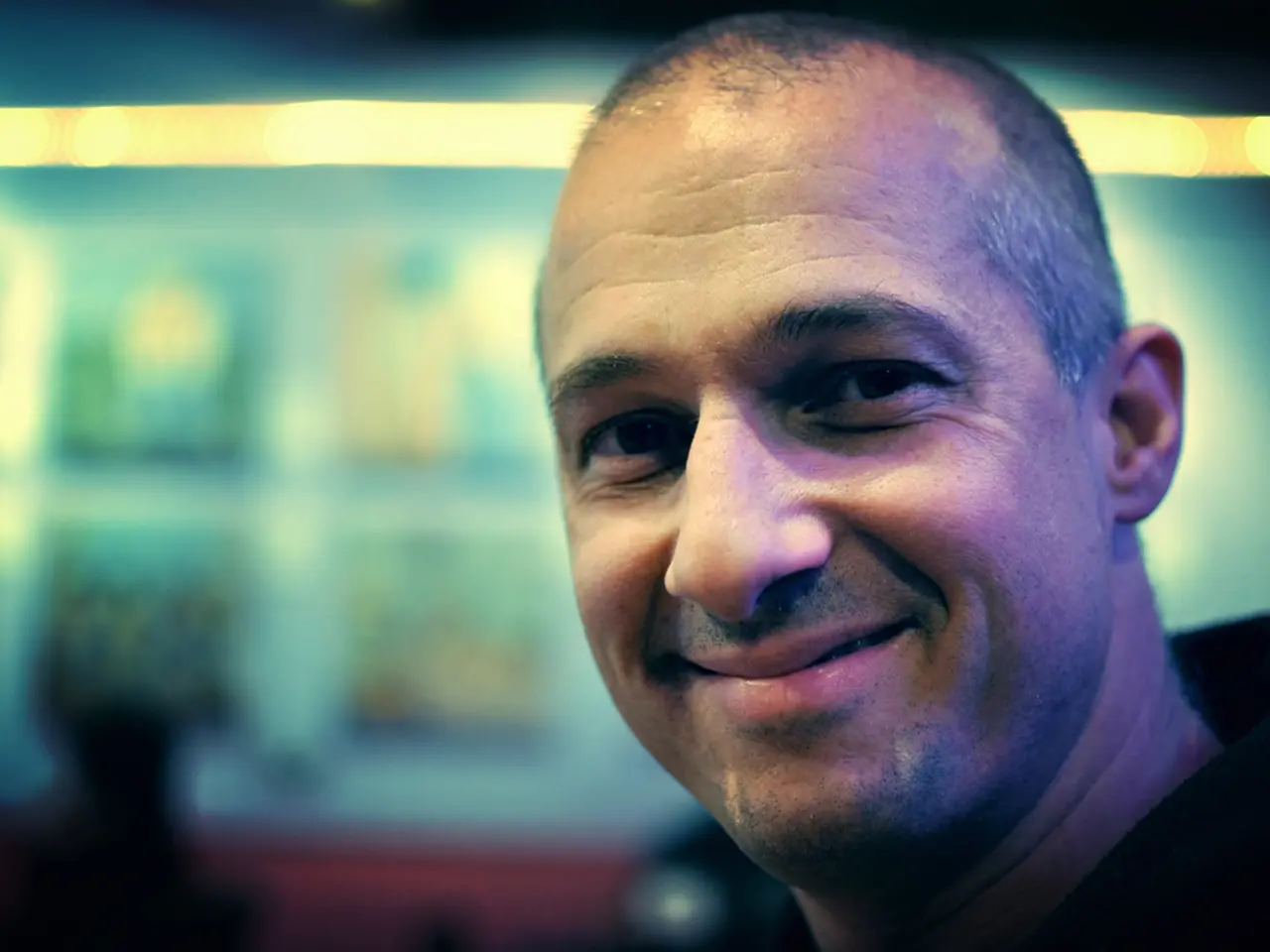Mourning the victims of the atomic explosion in Hiroshima, marked 80 years later
In the city of Hiroshima, Japan, 80 years ago, the world witnessed a devastating event when an atomic bomb named "Little Boy" was dropped by the US bomber Enola Gay on August 6, 1945. The explosion instantaneously claimed tens of thousands of lives, with the death toll reaching an estimated 140,000 by the end of 1945. This tragic event served as a turning point in history, leading to the Japanese imperial government's surrender and ultimately ending World War II.
Fast forward to the present day, and the global situation regarding nuclear threats is marked by heightened risks. Proliferation, geopolitical instability, and technological advancements have created a complex and dangerous landscape. As of mid-2025, there are around 12,000 nuclear warheads globally, with the majority held by the US and Russia. The prospect of new nuclear states and wider geographic dispersion of nuclear weapons is increasing, raising concerns about a potential new arms race.
In this context, Hiroshima serves as a powerful symbol in the global movement against nuclear weapons. The city continues to commemorate the victims of the atomic bombing, inspiring peace advocacy and leading global municipal campaigns. One such initiative is Mayors for Peace, a grassroots movement that mobilizes communities worldwide, inspires young people, and builds grassroots pressure toward nuclear disarmament and global peace.
The United Nations Secretary-General, António Guterres, has emphasized the potential dangers of nuclear weapons. He has highlighted the need for caution in matters of military spending, national security, and nuclear weapons, citing Hiroshima's legacy and the hibakusha survivors' peace advocacy as a reminder of the inhumane consequences of misguided decisions.
This dual reality underscores the urgent need for renewed international diplomatic efforts, public engagement, and strong leadership to reduce nuclear risks and move toward a world free of nuclear weapons. In fact, the UN Secretary-General recently awarded the Nobel Peace Prize to Nihon Hidankyo, a Japanese organization comprising survivors of the atomic bombings in Hiroshima and Nagasaki, for its efforts towards a nuclear-weapon-free world.
As we reflect on the past and look to the future, it's clear that the global community must come together to address the nuclear threat. The legacy of Hiroshima serves as a stark reminder of the devastating consequences of nuclear war. Let us learn from history and work towards a world where such tragedies are relegated to the annals of the past.
- In the current political climate, discussions around global news often revolve around the risks of nuclear threats, with Hiroshima serving as a poignant symbol in the movement for nuclear disarmament.
- The legacy of Hiroshima, marked by war-and-conflicts, continues to inspire global efforts in peace advocacy, particularly through initiatives like Mayors for Peace, aiming to reduce nuclear risks and promote general-news of a world without nuclear weapons.
